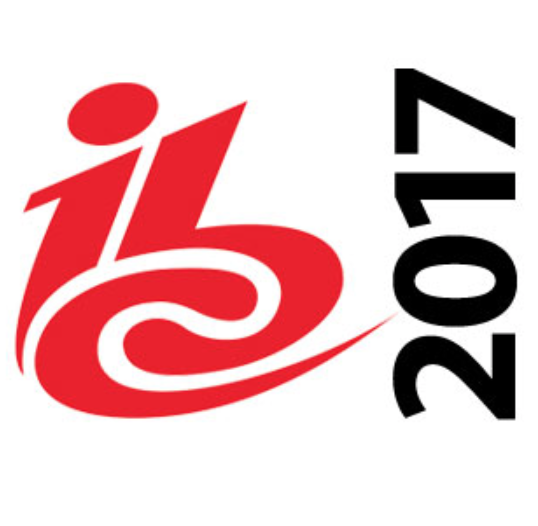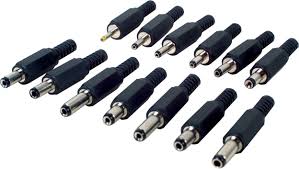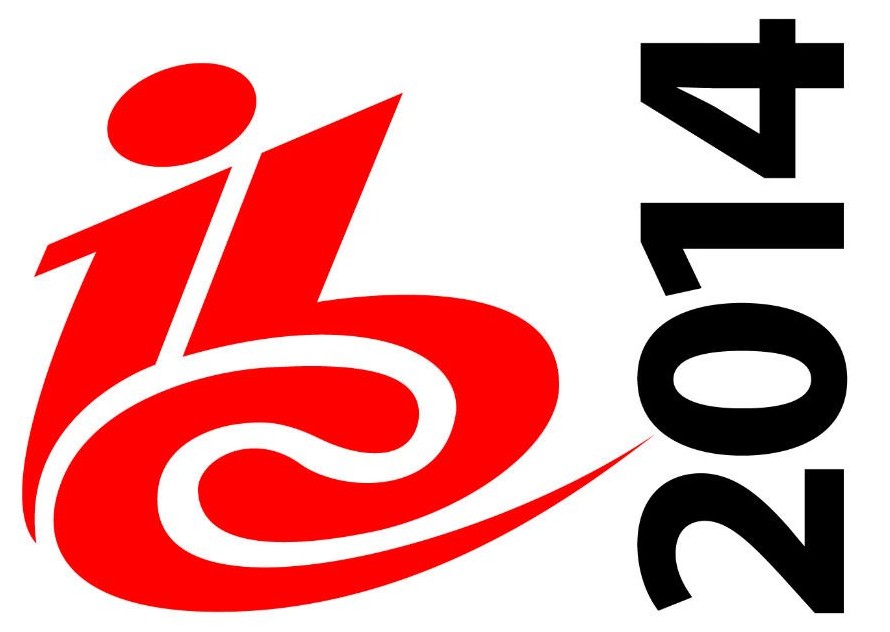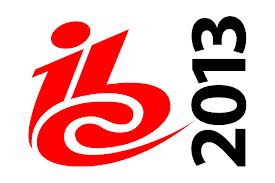
Ultra HD or 4K has been a key topic of my pre and post IBC blogs for over 5 years. I’ve recently joined the Ultra HD Forum, serving on the communications working group. That’s a big commitment and investment, as I don’t have any large company paying my bills. I’m making it because I believe the next 18 months will see the transition from UHD as the subject of trials for big operators and precursor launches to something no operator can be without. Time to get off the fence. I once wrote that the 3D emperor didn’t have any clothes on; well, the UHD emperor is fully clothed.
Of course much still needs to be achieved before we see mass adoption. I don’t know if HDR and 4K resolution will reach market acceptance one at a time or both together, and yes, I don’t know which HDR specification will succeed. But I know it’s all coming.
Below is a list of 14 key topics ordered by my subjective (this is a blog remember) sense of comfort on each. I start with areas where the roadmap to industrial strength UHD delivery is clear to me and end with those where I’m the most confused.
Note on vocabulary: 4K refers to a screen resolution for next gen TV whereas UHD includes that spatial resolution (one even sees UHD phase 2 documents refer to an 8K resolution) but also frame rate, HDR and next generation Audio.
So as I wander round IBC this year, or imagine I’m doing that, as probably won’t have time, I’ll look into the following 14 topics with growing interest.
1. Broadcast networks (DVB)
I doubt I’ll stop by the big satellite booths for example, except of course for free drinks and maybe to glimpse the latest live demos. The Eutelsat, Intelsat or Astras of this world have a pretty clear UHD story to tell. Just like the cableCos, they are the pipe and they are ready, as long as you have what it takes to pay.
2. Studio equipment (cameras etc.)
As a geek, I loved the Canon demos at NAB, both of affordable 4K cameras and their new ultra sensitive low-light capabilities. But I won’t be visiting any of the studio equipment vendors, simply because I don’t believe they are on the critical path for UHD success. The only exception to this is the HDR issues described below.
3. IP network; CDN and Bandwidth
Bandwidth constricts UHD delivery; it would be stupid to claim otherwise. All I’m saying is that by putting this issue so high on the list everything is clear in the mid-term. We know how fast High-Speed Broadband (over 30MPS) is arriving in most markets. In the meantime, early adopters without access can buy themselves a UHD Blu-ray by Christmas this year and use progressive download services. The Ultra HD Alliance has already identified 25 online services, several of which support PDL. Once UHD streams get to the doorstep or the living room, there is still the issue of distributing them around the home. But several vendors like AirTies are addressing that specific issue, so again, even if it isn’t fixed, I can see how it will be.
4. Codecs (HEVC)
The angst around NAB this year when V-nova came out with a bang has subsided. It seems now that even if such a disruptive technology does come through in the near-term, it will complement not replace HEVC for UHD delivery.
The codec space dropped from a safe 2 in my list down to 4 with the very recent scares on royalties from the HEVC Advance group that wants 0.5% of content owner & distributor's gross revenue. Industry old-timers have reassured me that this kind of posturing is normal and that the market will settle down naturally at acceptable rates.
5. Head-ends (Encoders, Origins, etc.)
I always enjoy demos and discussion on the booths of the likes of Media Excel, Envivio, Harmonic, Elemental or startup BBright and although I’ll try to stop by, I won’t make a priority of them because here again, the mid-term roadmaps seem relatively clear.
I’ve been hearing contradictory feedback on the whole cloud-encoding story that has been sold to us for a couple of years already. My theory – to be checked at IBC – is that encoding in the cloud really does make sense for constantly changing needs and where there is budget. But for T2 operators running on a shoestring – and there are a lot of them – the vendors are still mainly shifting appliances. It’s kind of counterintuitive because you’d expect the whole cloud concept of mutualizing resources to work better for the smaller guys. I must have something missing here, do ping me with info so I can update this section.
6. 4K/UHD resolutions
While there is no longer any concern on what the screen resolutions will be, I am a little unclear as to the order in which they will arrive. With heavyweights like Ericsson openly pushing for HDR before 4K, I’m a little concerned that lack of industry agreement on this could confuse the market.
7. Security for UHD
Content owners and security vendors like Verimatrix have all agreed that better security is required for UHD content. I see no technical issues here - just that if the user experience is adversely affected in any way (remember the early MP3 years), we could see incentive for illegal file transfer grow, just when legal streaming seems to be taking of at last.
8. TV sets & STBs
Well into second half of my list, we’re getting into less clear waters.
When it’s the TV set that is doing the UHD decoding, we’re back at the product cycle issue that has plagued smart TVs. It’s all moving too fast for a TV set that people still would like to keep in the living room for over 5 years.
On the STB side, we’ve seen further consolidation since last year’s IBC. Pace for example is no longer; Cisco is exiting STBs etc. It seems that only players with huge scale will survive. Operators like Swisscom or Orange can make Hardware vendors’ lives harder by commoditizing their hardware using software-only vendors such as SoftAtHome to deliver advanced features.
9. Frame rates
This is a really simple one but for which consensus is needed. At a 4K screen resolution the eye/brain is more sensitive to artifacts. Will refresh rates standardize at 50Hz or 60Hz? Will we really ever need 120Hz?
It’s clear that doubling a frame rate does not double the required bandwidth as clever compression techniques come to play. But but I haven’t seen a consensus on what the bandwidth implication of greater frame rate will actually be.
10. Next Gen Audio
There are only a few contenders out there, and all have compelling solutions. I’m pretty keyed up on DTS’s HeadphoneX streamed with Unified Streaming packagers because I’m helping them write an eBook on the subject. Dolby is, of course, a key player here but for me it’s not yet clear how multiple solutions will cohabit. It isn’t yet clear how if and when we’ll move from simple channel-based to scene based or object based audio. Will open source projects like Ambiophonics play a role and what about binaural audio.
11. HDR
High Dynamic Range is about better contrast. Also, the brain perceives more detail when contrast is improved, so it’s almost like getting more pixels for free. But the difficulty with HDR and why it’s near the bottom of my list is that there are competing specifications. And even once a given specification is adopted, its implementation on a TV set can vary from one CE manufacturer to another. I final reservation I have is the extra power consumption it will entail that goes against current CE trends.
12. Wide Color Gamut
As HDR brings more contrast to pixels WCG brings richer and truer colors. Unlike with HDR, the issue isn’t about which spec to follow, as it is already catered for in HEVC for example. No, it’s more about when to implement it and how the color mapping will be unified across display technologies and vendors.
13. Work flows
Workflow from production through to display is a sensitive issue because it is heavily dependant on skills and people. So it’s not just a mater of choosing the right technology. To produce live UHD content including HDR, there is still no industry standard way of setting up a workflow.
14. UHD-only content
The pressure to recoup investments in HD infrastructure makes the idea of UHD content that is unsuitable for HD downscaling taboo. From a business perspective, most operators consider UHD as an extension or add-on rather than something completely new. There is room for a visionary to coma and change that.
Compelling UHD content, where the whole screen is in focus (video rather than cinema lenses) gives filmmakers a new artistic dimension to work on. There is enough real estate on screen to offer multiple user experiences.
In the world of sports a UHD screen could offer a fixed view on a whole football pitch for example. But if that video were seen on an HD screen, the ball probably wouldn’t be visible. Ads that we have to watch dozens of times could be made more fun in UHD as their could be different storied going on in different parts of the screen, it would almost be an interactive experience …





